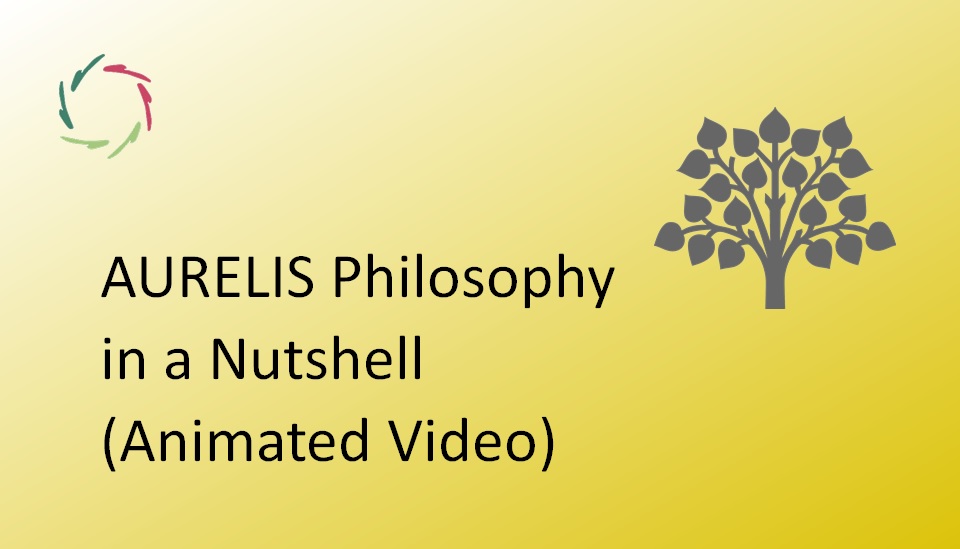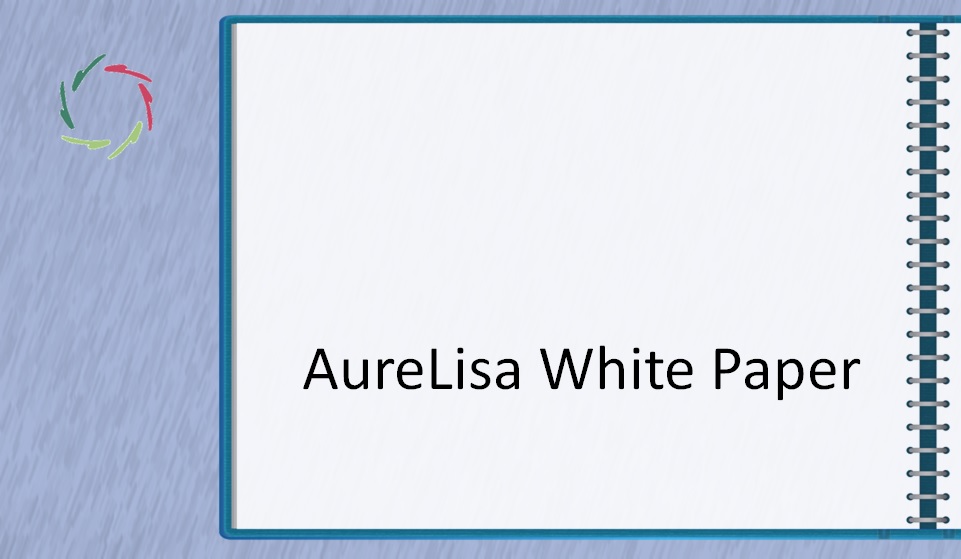AURELIS Philosophy in a Nutshell (Animated Video)

Without further delay, in this animated video, I bring you the AURELIS philosophy in a nutshell. [AURELIS philosophy nutshell video – 4:43′]
If you want to cooperate, please contact us.
If you have feedback, please let us know.
Here is the full written text.
Hi, this nutshell should clarify whether AURELIS is for you ― in just a few minutes. So, let’s dive.
AURELIS combines a relentless striving for rationality with the utmost respect for human depth. This aim is as old as, for instance, Socrates in the West and Confucius in the East. It is also as new as present-day neurocognitive science. Fascinating are the findings relevant to conceptual and subconceptual (or connectionist, or parallel distributed) mental processing. The subconceptual is about how mental-neuronal patterns are formed in the brain, a complex collection of some 100 billion neurons continually buzzing. See my Ph.D. thesis on the consequences of this for health and healing.
One can relate the conceptual to rationality and the subconceptual to depth. Of course, rationality and depth are more closely related than might appear.
Thus, AURELIS combines East and West, ancient and new. And hopefully, the future.
AURELIS is a growth philosophy. Change should come preferably from the inside, as with anything in nature that spontaneously grows. This process can be supported and guided rationally, yet the growth itself is subconceptual. Both sides are needed for an efficient, ethical, and durable change. This is not a being-changed. It is a change from the inside out. The user does not need to be afraid to lose himself in the process. Everything that is deeply meaningful is respected.
The goal can be explicitly put forward. The individual path is not coerced. Yet, it is invited intensely so as to make reaching the goal more feasible.
Using AURELIS tools, the user can send messages to parts of his mental landscape that are otherwise unreachable. The language of these messages is autosuggestion. The user stays in control and can relax the smaller bits of control through attaining a higher level. That means less stress and more self-reliance, less vulnerability and more Inner Strength, less suffering, and more being-present.
The process may feel spontaneous, but it’s not automatic. The user is responsible to use the tools and use them well. There are several, including the Lisa A.I.-coaching chatbot in production. You find more about Lisa in ‘her’ animated video.
You can find many texts about Compassion in the AURELIS blog. Compassion in AURELIS has the two-sided goal: relief of suffering and fostering of inner growth. Both are seen as inextricably intertwined and eventually the same. The one without the other is also not fully the one. Through autosuggestion, Compassion can be actively directed while coming from the inside out.
This way, Compassion leads to durable health in the broadest sense, for the person at the receiving end, and when his bucket is filled, also for those to whom he can let his Compassion overflow.


